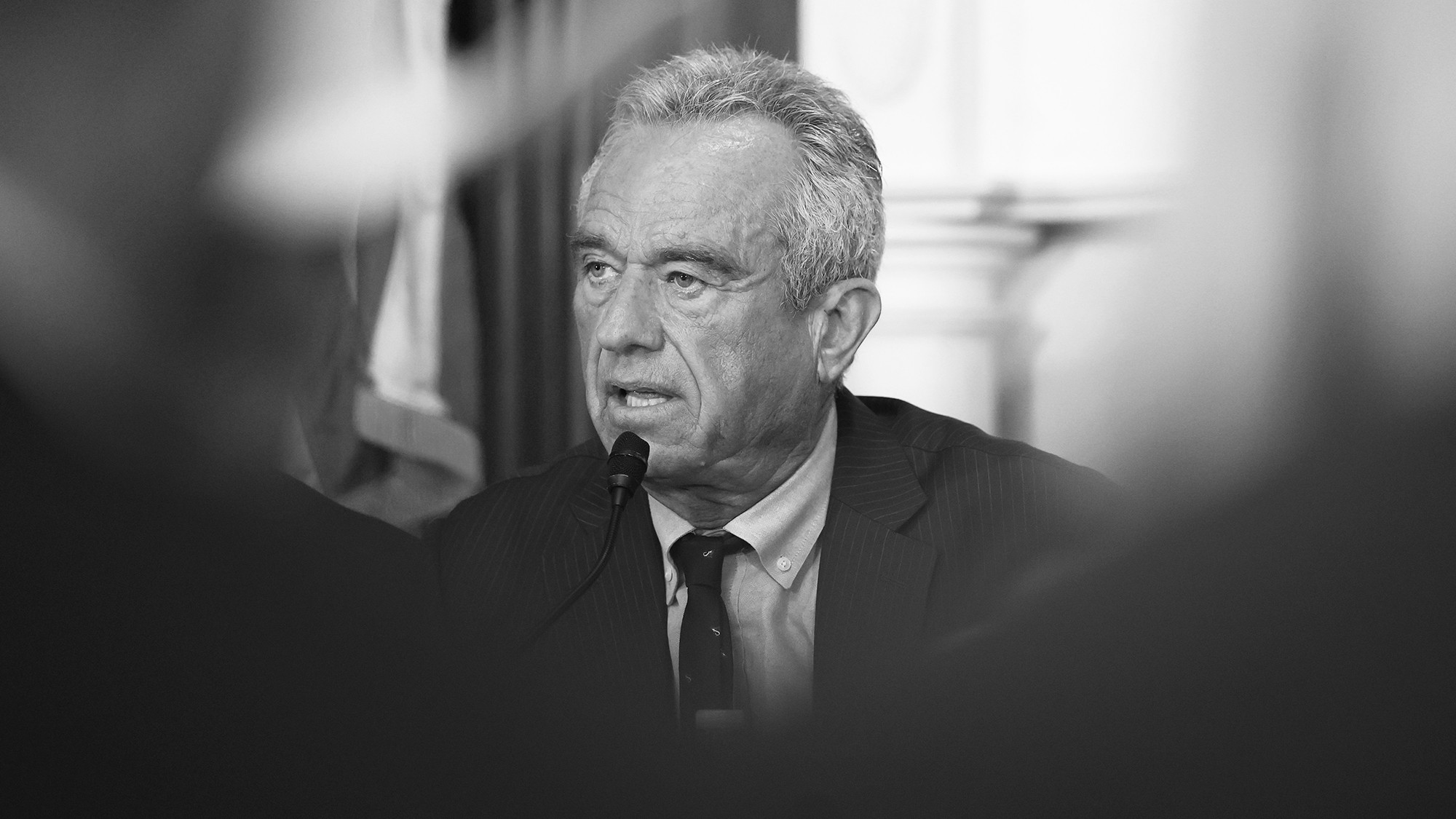New payment models are transforming the way home-based care providers deliver care – but stepping away from a fee-for-service tradition can be a major challenge.
For Mike Johnson, chief researcher of home care innovation at Bayada, improving care delivery requires technologies already in use today, including telehealth and remote patient monitoring. But it also involves more cutting-edge techniques, like risk prediction models, that can help reduce hospitalizations and admissions.
Bayada provides home health, home care, hospice and behavioral health care services in 22 states and seven countries.
For Johnson, data demonstrating reduced hospitalizations and admissions – when delivered to payers by what he calls “enlightened providers” is critical to helping the home-based care industry evolve its payment models.
Johnson sat down with Home Health Care News on its Disrupt podcast to discuss the need for an industry-wide, unified data set, the workforce benefits of technology and how the industry will transform in the next decade and beyond.
Below are selections from that conversation, edited for length and clarity.
Subscribe to Disrupt to be notified when new episodes are released. Listen today on Apple Podcasts or Spotify.
HHCN: What are the innovations that excite you most today, and how will they change the home-based care industry?
Johnson: Telehealth or remote patient monitoring still has great utility. We need to make sure we’re advocating for telehealth rules, because you can do a lot of good for folks, even via video. And then basically you expand your workforce because you’ve taken driving out of it. So I’m still really excited about that.
Risk prediction and algorithms continue to be, particularly with artificial intelligence, the place where we can really get some insights. The reason we’re looking at the risk prediction to reduce falls is because we believe the downstream impact is hospitalization or more costs. We are making some nice progress on that, and eventually, to me, that can apply to all of our practices. When you talk to Medicaid payers who are under a ton of stress, if we can show them a way that we can be proactive and reduce readmissions and admissions, not just readmissions, that’s a conversation that they’re interested in.
Then the final piece is this: how do we reduce the documentation time for clinicians? It’s personal for me because I am a clinician. The promise of EHRs is that they were going to improve quality; that’s still debatable, but I do think the potential is there, and in some ways, they have. They were going to make the lives of clinicians easier – it has made our lives harder. There’s more to document. It’s harder to interact with the patient. If technology can intervene there so I can say something and it gets transcribed right onto the OASIS, that’s a game changer. And that is coming within the next year. Personally, as a clinician, that is super exciting. I might go back and start treating patients again occasionally, if I didn’t have to do all the paperwork.
Are payers receptive to the data that providers share with them?
I would say yes. When I was a clinician, as far as I was concerned, payers were the devil, or they felt that way. And they’re not right. Because I’ve gotten to know people who were in payer organizations, they’re doing the same thing we’re doing. They’re trying to take care of their members. Are there some bad actors that make bad decisions and make payers like bad, sure, but we have that in home health, unfortunately, as well.
But what tends to be the limitations are two things: one, their ability to give us enough attention. Remember, they’re paying for hospital stays and things that are much bigger chunks of money. And so in some cases, we’re a rounding error. So is that important enough for them to give the time and the energy to come up and not only conceive a new payment model, but then implement it? Because that’s the second piece, their systems oftentimes are built to pay fee-for-service. To pay episodic sounds simple, but it’s not. It’s actually much more complicated. Those are the things that we run into. But if we can make enough of an argument that moving from a fee-for-service to an episodic payment could reduce readmissions and so forth, and you can tie a dollar amount to that, it gets their attention enough that at least the ones that are trying to think ahead and trying to be proactive will work very hard to try to figure out how we can make that happen
I call them enlightened providers, and there are actually quite a few out there that I think are enlightened and trying to do the right thing. Those are the ones we should focus on, because once we have success there, then we go to the ones who are just maybe not as enlightened, or just so buried in other stuff. They’ll be grateful for a new solution that could work.
What are the actionable steps providers can take to move the industry away from a fee-for-service model?
If we’re talking about industry-wide, we have a unified data set. The skilled nursing industry has such a data set, and it does two things for them. One, it becomes a pool for researchers, independent of the industry, to really look at this and give good insight into what works and what doesn’t work. But the other thing it does is it allows organizations to do benchmarking. It helps you get a sense of, ‘Where am I right now?’
I use that as a lead into I think one of the things that we can do as an industry, as individual providers that are listening to this. Make sure you have your house in order. Changing to an episodic payment system isn’t going to help you get the outcomes we want to get if you don’t have good systems in place, to schedule, officially, to get out to the home early, communication amongst your therapists, your nurses and so forth. Because Medicare-certified home health, especially, but I think health care more largely, is a team sport. We spent a lot of time building infrastructure, if you will, to make sure that we had a system to do a screening up front, above and beyond the OASIS. We’re looking at risk prediction.
So those things will all help you get the patients better right now with no change in payment methodology. So do those things first, so you’re really ready to reap the benefits of a payment methodology change that we believe would help.
You have been with Bayada for 17 years. What trends are likely to shape home-based care in the next 17 years?
I think what you’re going to what you’re going to continue to see is more involvement by patients and families, which I think is a good thing. It will force us to be on our game, to be transparent and so forth. I think, fundamentally, we have an opportunity to change where care is delivered. There’s going to be more and more pressure on health systems because right now, we compete with them for bed capacity. There are a lot of folks who really don’t need to be in a hospital bed, who could be perfectly positioned in their bed at home. If we can address the workforce issue, because there will be more need, and the population isn’t keeping up with it.
So this is where I think we’re going to see a huge influx of technology to offset some of the workforce losses. It’s going to look very different. As long as we’re thoughtful about making sure that people are at the center of it, the patient and the family, and the clinician in the office that’s trying to support them, we’re going to be fine. If we let the machines decide, we’re all going to be in trouble. I’m hopeful and somewhat confident that we’re not going to fall into that trap, because, in the end, health care is a business about humans taking care of humans. AI will never be able to substitute for that. Can they augment it? Absolutely, it can actually make us superhuman. So I’m excited to see what it looks like. There will be more technology, more expectations for input and access to home-based services, and I’d like to believe, as the final piece, more clinicians who are feeling really engaged in taking care of people holistically.
The post Bayada’s Chief Researcher On Getting Payers’ Attention, The Technology Making Providers ‘Superhuman’ appeared first on Home Health Care News.






